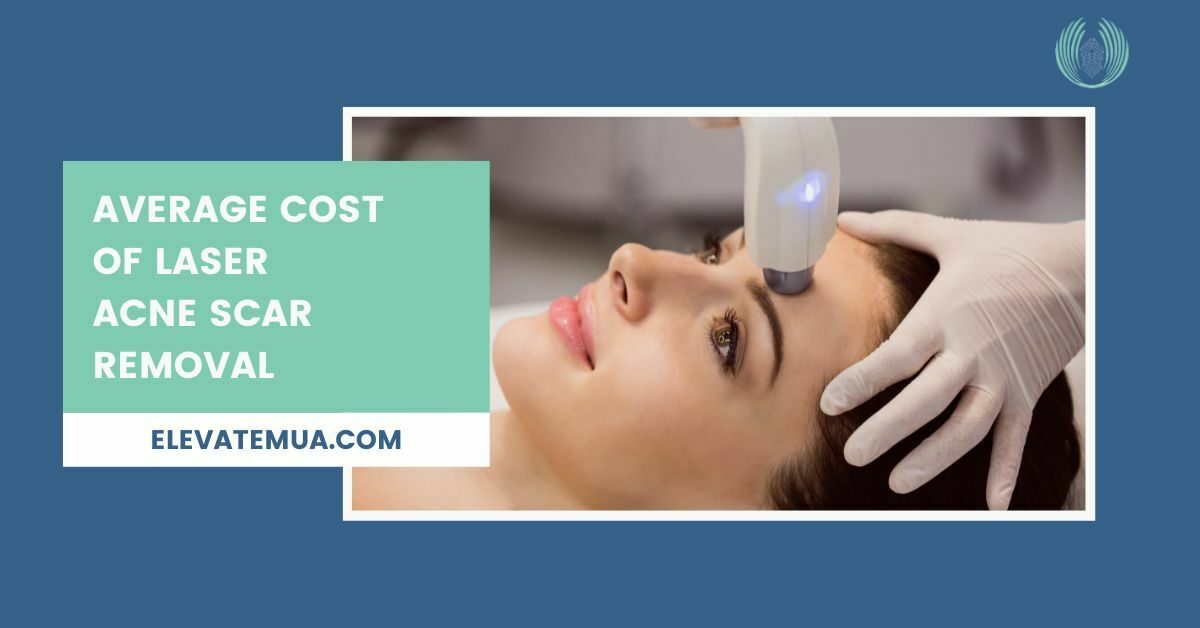
Understanding the Average Cost of Laser Acne Scar Removal
Acne is an all-too-familiar skin condition that affects 80% of individuals between the ages of 11 and 30. It's a persistent issue that plagues adolescents and troubles many adults. The discomfort of acne is often compounded by the lasting reminders it leaves behind: unsightly scars. Astonishingly, one out of every five people who experience acne will find themselves grappling with these enduring scars.
Pursuing clear, smooth skin often extends beyond over-the-counter remedies. More advanced solutions are available for those seeking to reduce or eliminate acne scars. Among these solutions is the revolutionary Viora Acne Scar treatment, which has gained widespread attention for its effectiveness in rejuvenating skin marred by the aftermath of acne.
In this comprehensive guide, we will explore laser acne scar treatment. ElevateMuà aims to provide a comprehensive overview of this highly effective treatment, from understanding how it works to the acne scar laser treatment cost, what to expect during the procedure and the number of sessions required. Whether you're a long-time acne sufferer or someone seeking a solution for stubborn scars, read on to discover how Viora Acne Scar treatment can help you regain your confidence and achieve radiant, scar-free skin.
How Much Does Acne Scar Removal Cost?
When it comes to bidding farewell to those stubborn acne scars through laser treatments, one thing to keep in mind is that insurance coverage is rarely in the picture. Typically, laser acne scar removal costs are considered out-of-pocket expenses.
According to insights from the American Society of Plastic Surgeons, the financial commitment for laser skin resurfacing hovers around $2,509 for ablative treatments and $1,445 for their non-ablative counterparts. However, it's important to understand that these figures are approximate and can vary based on many factors.
Your specific laser acne scar removal cost is influenced by the following:
The number of scars you wish to address
The size of the treatment area
The number of sessions required to achieve your desired results
The expertise of your chosen practitioner
The more extensive the treatment, the greater the investment. This said, it is good to know that laser acne scar removal procedures are known for their minimal downtime. You can anticipate returning to your daily routine within a day or two, making it convenient for those with busy lifestyles.
How Laser Treatment for Acne Works
Laser treatment for acne scars has surged in popularity thanks to its fast and transformative effects. Viora, a revolutionary laser system that promises flawless skin without the discomfort often associated with skin procedures, is among the leading-edge technologies for acne scar removal.
Viora, a clinically tested treatment, is a non-invasive and virtually painless procedure designed to enhance your skin's beauty. Its prowess extends to addressing many skin concerns, including the troublesome aftermath of acne breakouts.
But how does Viora work its magic? Leveraging a handheld device, it administers controlled pulses of thermal heat across the skin's surface. This handpiece has a cooling feature, ensuring your comfort and safety during the treatment. While you may experience a fleeting sensation of warmth as the device glides over your skin, rest assured that your practitioner at ElevateMuà will monitor your comfort throughout the process.
One of Viora's key features is its precision. It utilizes specific frequencies tailored to various facial or body areas to hone the desired skin depth with remarkable accuracy. The treatment duration may vary based on the area, but you can count on Viora to deliver results efficiently and effectively.
Procedure for Laser Treatment for Acne
Laser treatment for acne scars is efficient with minimal downtime. The procedure is relatively straightforward, and its duration can vary depending on the size of the treated area, typically ranging from 15 to 45 minutes. The remarkable aspect of this treatment is that it allows you to resume your daily activities immediately afterward seamlessly.
Here's a concise breakdown of the steps involved in a typical laser acne scar removal session:
Consultation: Your journey towards clear, scar-free skin commences with a consultation with one of the practitioners at ElevateMuà. You'll discuss your specific concerns, expectations, and treatment goals.
Preparation: Before the laser treatment for acne scars begins, your skin will be thoroughly cleansed to remove any makeup, oils, or debris. Protective eyewear is also provided to shield your eyes from the laser's intensity.
Procedure: The practitioner will use the advanced Viora or similar laser technology to target the affected areas. The device emits controlled pulses of laser energy, penetrating the skin's surface to stimulate collagen production and minimize scar visibility.
Heating Sensation: As the laser device passes over your skin, you may experience a gentle warming sensation. The laser's thermal energy works its magic beneath the surface to rejuvenate the skin.
Cooling and Vacuum Feature: The Viora system incorporates a cooling feature to ensure your comfort throughout the procedure. Additionally, it utilizes a vacuum function to enhance the depth and effectiveness of the treatment.
Post-Treatment Care: Once the laser session is complete, your skin may appear slightly pink or flushed, but this is a temporary side effect. Your practitioner may apply a soothing gel or moisturizer to calm the skin. It's essential to protect your skin from direct sun exposure and adhere to any aftercare instructions provided by your practitioner.
Immediate Resumption of Activities: One of the most appealing aspects of laser acne scar removal is the minimal downtime. You can immediately return to your regular routine without any significant disruptions.
This relatively simple yet highly effective procedure makes you one step closer to achieving the smooth, scar-free skin you've always desired. Laser treatment for acne has revolutionized scar removal, offering efficiency and convenience to those seeking lasting results.
Areas Where Laser Acne Treatments Work
Laser acne scar treatments are well-regarded for their versatility, effectively targeting acne scars in various areas of the body where these unwelcome reminders often appear. While the face remains the primary focal point for laser treatments, this remarkable technology can be applied to several other areas to rejuvenate and restore your skin's natural beauty.
Typical targeted treatment areas for laser acne scar removal include:
Face: The most common and widely treated area, as facial acne scars can significantly impact self-esteem and appearance.
Arms: Acne scars on the arms, whether from teenage acne or other factors, can benefit from laser treatment to restore smoother skin.
Back: Often afflicted by acne during adolescence, the back is another popular region for laser treatments to reduce scarring.
Upper Torso: Acne scars on the upper torso, such as the chest and shoulders, can also be effectively addressed with laser therapy.
Neck: The delicate neck skin can be susceptible to scarring, and laser treatments can help improve its texture and appearance.
Is Acne Laser Treatment Covered by Insurance?
As previously mentioned, the prospect of having insurance cover the acne scar laser treatment cost is a rarity in dermatology. Health insurance plans typically extend their coverage to dermatological services only when deemed medically necessary, leaving most cosmetic treatments, including laser acne scar removal, out of reimbursement.
The focus of insurance providers is primarily on treatments that directly impact an individual's health and well-being. However, several dermatological procedures are more likely to receive insurance coverage due to their medical necessity. These include:
Steroid Injections: Often employed to alleviate deep and painful acne nodules or cysts, cortisone injections can flatten the affected area and reduce redness within days. They can also be used to address keloids and other scar types.
Surgery: Surgical procedures such as drainage for persistent blemishes or removing skin tags, moles, keloids, and certain scars may be considered medically necessary by health plans. While many surgical interventions are covered, exceptions may apply, particularly in cases where the procedure is deemed cosmetic rather than medically required, such as mole removal for non-worrisome moles.
Light Therapy: Known as phototherapy, this treatment involves exposing the skin to various forms of UV light. It often addresses conditions like psoriasis, eczema, and vitiligo. While light therapy may require multiple sessions for effectiveness, it is more likely to be covered by insurance due to its recognized medical benefits.
It's crucial to consult with your healthcare provider and insurance company to determine the coverage options available for specific dermatological treatments, as policies can vary significantly. In the case of acne laser treatment, anticipate out-of-pocket expenses.
Risks and Side Effects of Laser Acne Treatments
While laser treatments offer a practical path to diminish acne scars, acknowledging that they aren't without their share of potential risks and side effects is critical. The extent of these effects can vary depending on the type of laser used, your skin's unique characteristics, and the number of treatments required.
Common side effects you may encounter during or after Viora laser acne scar treatment encompass:
Swelling: Mild to moderate swelling is a common immediate side effect, particularly in the treated area. However, this swelling is typically temporary and subsides within a short period.
Redness: The treated skin often displays redness following a laser session. While this redness can be pronounced, it generally diminishes gradually over the course of several days, with complete resolution taking up to 10 days.
Pain: Some individuals may experience mild pain or discomfort at the treatment site. Fortunately, this sensation is usually short-lived, dissipating within an hour or two after the procedure.
Though the mentioned side effects are typical and temporary, treatment for acne scars carries some inherent risks. Two risks to be aware of include:
Hyperpigmentation: In rare instances, individuals may experience hyperpigmentation, a condition characterized by the darkening of the treated area. Diligent sun protection and adherence to aftercare instructions can help minimize this risk.
Infection: While infection is rare, it remains a potential risk. Vigilance in maintaining good hygiene and promptly addressing any unusual symptoms, such as pus, extensive swelling, or fever, is essential. If you encounter these symptoms post-treatment, you must contact your healthcare provider for evaluation and appropriate intervention.
What to Expect
Laser treatment for acne scars does not promise complete scar eradication. Instead, it aims for substantial scar reduction, with varying results from person to person. While the extent of improvement can be challenging to predict, you should keep certain post-treatment expectations in mind.
Post-Treatment Skin Care: Following laser treatment, diligent and tailored skincare becomes a necessity in the weeks and months ahead. Your skin will become more susceptible to sun damage, emphasizing the importance of daily sunscreen application whenever you step outside.
Sun Protection: Protecting your skin from excessive sun exposure is crucial for 6 to 8 weeks following treatment for acne scars. Activities such as tanning should be avoided to minimize the risk of complications and maintain the desired results.
Specialized Skin Care: Your healthcare provider may prescribe specific skincare products, such as toners or moisturizers, designed to enhance the effects of your treatment. Complying with these recommendations can significantly contribute to your laser scar removal success.
Hygiene: Maintaining cleanliness in the treated area is essential to prevent infection. Be vigilant about following any instructions your healthcare provider provides regarding wound care and hygiene.
Temporary Redness: Expect residual redness in the treated area, which may persist for several days or even weeks. This redness is a common post-treatment side effect and should gradually diminish.
Makeup Restrictions: In the immediate aftermath of laser treatment, you may need to abstain from wearing makeup for a week or more. This precaution helps mitigate the risk of complications and allows your skin to heal effectively.
Gradual Results: Immediate results are not typically visible. Over the course of 7 to 10 days, you'll begin to observe how effectively the treatment has reduced the appearance of your acne scars. Further, the results achieved through laser treatment are permanent.
While laser treatment for acne scars doesn't promise a complete transformation, it offers the potential for significant improvement.
Steps to Prepare Yourself for Acne Scar Removal
Whether pursuing laser acne scar revision for cosmetic reasons or to address skin damage, thorough preparation is essential to ensure a successful procedure. When it comes to your skin, taking the necessary precautions can make all the difference in achieving the desired results.
Here are some key steps to prepare yourself for your acne scar removal appointment:
Consult with Your Healthcare Provider: Engage in open communication with your skin care provider to discuss your specific needs, concerns, and expectations for the procedure. Their guidance is invaluable in ensuring a smooth experience.
Quit Smoking: For at least two weeks before your laser treatment, it's crucial to abstain from smoking. Smoking can hinder the healing process and impact the outcome of the procedure.
Adjust Medications: Cease medications and supplements like vitamin E and aspirin that can potentially delay healing. ElevateMuà's team will guide on when to discontinue these substances.
Alter Skincare Routine: Refrain from using skincare products containing retinoids or glycolic acid for two to four weeks following your appointment. These ingredients can increase skin sensitivity.
Cold Sore Prevention: If you have a history of developing cold sores, take the prescribed medication to prevent outbreaks before the procedure.
Sun Avoidance: Avoid direct sun exposure, tanning beds, or sunlamps in the weeks before your appointment. Laser treatment for acne scars cannot be administered to tanned or sunburned skin, as it can compromise the safety and effectiveness of the procedure.
Adhering to these preparatory steps and following ElevateMuà’s recommendations will create a successful and satisfying laser acne scar removal experience.
How Many Laser Sessions Does It Take to Remove Acne Scars?
The number of laser sessions required to remove acne scars effectively can vary depending on factors such as the severity of scarring and the specific type of laser treatment used. While some individuals may see improvement after just one to two sessions, the standard treatment course typically involves two to six sessions spaced approximately two to four weeks apart.
Minimal treatments may suffice for shallow pigmentation issues or age/sun spots. However, a more comprehensive approach is often necessary to achieve optimal results when dealing with acne scars. The gradual nature of multiple sessions allows the skin to heal and regenerate between treatments, facilitating a more thorough and lasting improvement in scar appearance.
Contact ElevateMuà to Begin Your Acne Scar Removal Journey
Understanding the associated laser acne scar removal costs, procedure details, and potential side effects of Viora laser acne scar removal is crucial. Realistic expectations are a must—know that the results will vary from person to person.
After treatment, diligent skincare, sun protection, and adherence to medical advice are essential for optimal outcomes. With multiple sessions often required, patience is key. Ultimately, laser acne scar removal can be a transformative journey, leading to renewed confidence and a smoother complexion you can proudly call your own. Contact ElevateMuà today to begin your acne scar removal journey.

The Cost of Laser Stretch Mark Removal: Is it Worth to Do?
Read More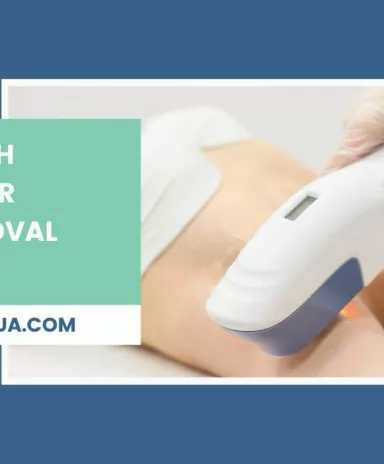
How Much Does Laser Hair Removal Cost?
Read More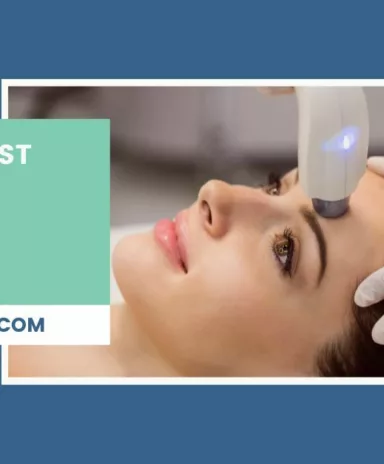
Understanding the Average Cost of Laser Acne Scar Removal
Read More
Everything You Need to Know About Non-Surgical Vaginal Rejuvenation
Read More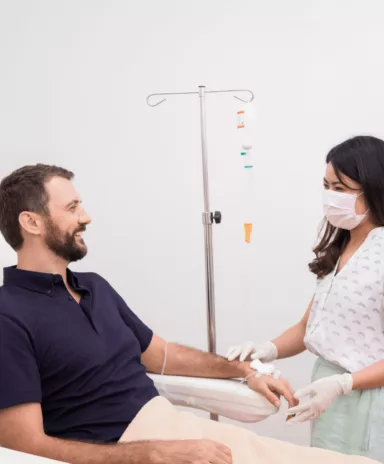
Hangover IV Drip Infusion – A Fabulous Solution or a Fad?
Read More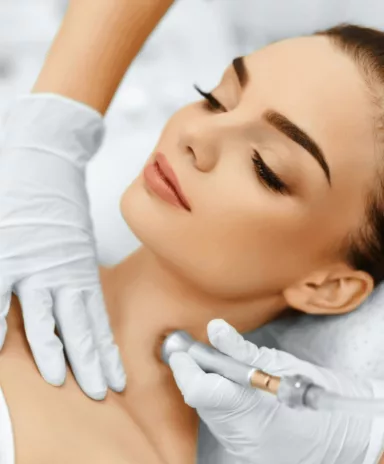
What is Needle Free Mesotherapy?
Read More
Body Contouring and Circumferential Reduction with Viora
Read More
Unlocking the Power of IV Vitamin Therapy: Benefits for Optimal Health and Wellness
Read More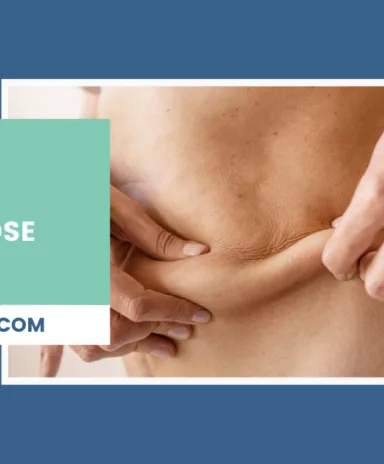
Effective Ways to Tighten Loose Belly Skin
Read More
What To Expect At Your First Vitamin IV Infusions?
Read More
Laser Hair Removal For Dark Skin: 7 Things You Need to Know
Read More
